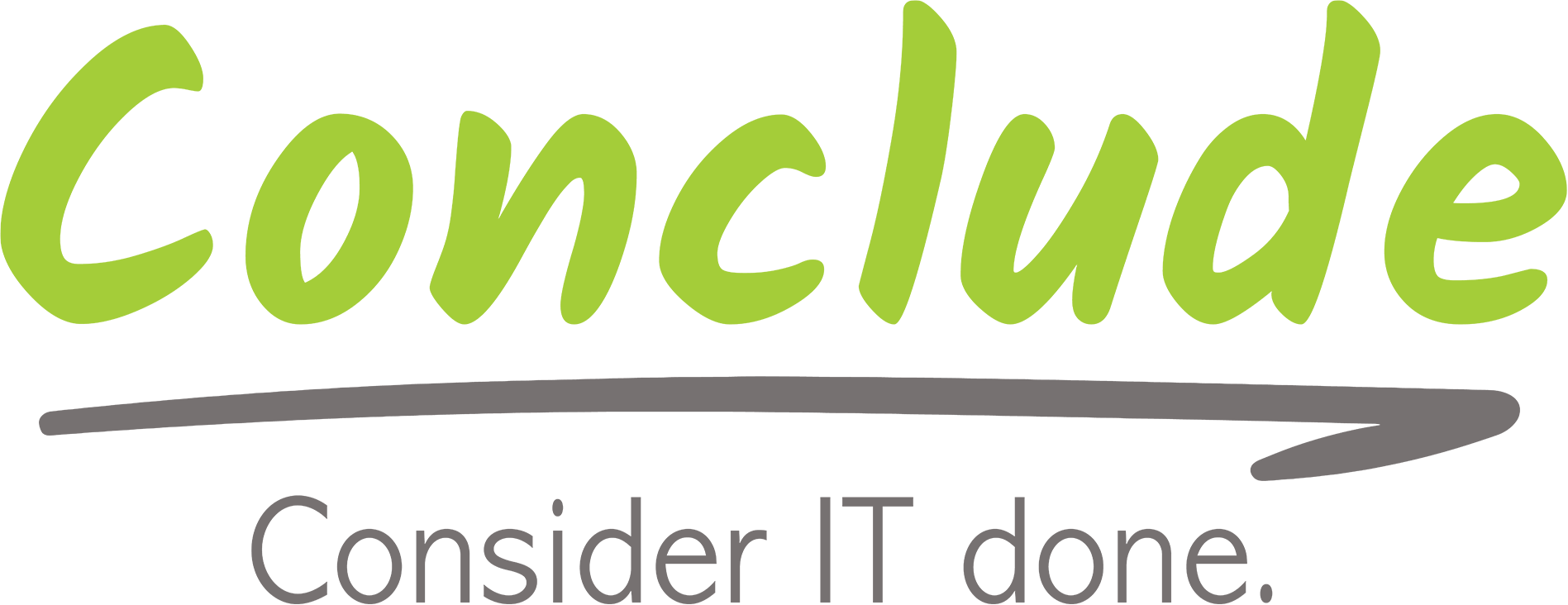
Electronic Signatures vs. Wet Signatures
In the digital age, businesses are constantly seeking faster, more efficient ways to operate. One of the most significant shifts we’ve seen in recent years is the move from traditional, handwritten signatures—also known as “wet signatures”—to electronic signatures (esignatures). As companies across industries embrace digital transformation, esignatures are becoming the go-to method for signing contracts, agreements, and other important documents. But how do esignatures stack up against their pen-and-paper counterparts in 2024?
In this post, we’ll explore the pros and cons of both esignatures and wet signatures to determine which one comes out on top in today’s fast-paced, tech-driven world.
What is a Wet Signature?
A wet signature is the traditional method of signing a document. It involves physically putting ink on paper to confirm the signer’s identity and agreement to the contents of a document. Wet signatures have been the norm for centuries and are still used in many industries and legal processes today. They are tangible and familiar, often seen as more personal or “official” by some people.
What is an Electronic Signature?
An electronic signature, or e-signature, is a digital method of signing documents. Instead of using ink and paper, the signer uses a digital platform to provide their signature, typically through typing their name, using a stylus or finger on a touchscreen, or clicking a button to consent. esignatures are legally recognized in most countries, thanks to laws like the U.S. Electronic Signatures in Global and National Commerce (ESIGN) Act and South Africa’s Electronic Communications and Transactions (ECT) Act.
Now, let’s dive into the key differences between the two…
Convenience and Speed
Electronic Signatures:
In 2024, convenience is king, and esignatures reign supreme in this regard. With esignatures, contracts can be signed from anywhere in the world, at any time, using just a smartphone, tablet, or computer. There’s no need to print, scan, or physically mail documents back and forth, which significantly reduces the time it takes to complete transactions. For businesses, this is a game-changer, speeding up the entire process of contract management.
Wet Signatures:
On the other hand, wet signatures require more time and effort. You need to print the document, sign it, and often scan or mail it back. This process can be cumbersome and slow, especially when dealing with multiple parties located in different places. For organizations trying to move quickly, wet signatures can create unnecessary bottlenecks.
Legality and Security
Electronic Signatures:
Many people worry about the legality of esignatures, but they are widely accepted and legally binding in most countries, provided certain conditions are met. In fact, esignatures can be more secure than wet signatures due to the encryption and audit trails built into most e-signature platforms. These platforms can verify the identity of the signer, provide time stamps, and track every step of the signing process, ensuring that documents haven’t been altered after signing.
Wet Signatures:
While wet signatures are also legally binding, they can be less secure. Forgery is a common risk with wet signatures, and proving the authenticity of a handwritten signature can be challenging. Additionally, there’s no built-in verification process—unless a notary is involved, it’s difficult to confirm the signer’s identity. Wet signatures also offer no built-in way to track document changes or confirm when and where the document was signed.
Environmental Impact
Electronic Signatures:
Esignatures are an environmentally friendly option, as they eliminate the need for paper, ink, and the transportation required for physical documents. In an age where sustainability is increasingly important, businesses are looking for ways to reduce their carbon footprint, and esignatures provide a simple way to do so.
Wet Signatures:
Wet signatures, by nature, involve the use of paper, ink, and often postal services for sending and receiving documents. While the environmental impact of an individual wet signature may seem small, the cumulative effect of using paper for contracts across entire organizations or industries can be significant.
Cost-Effectiveness
Electronic Signatures:
For businesses, cost is always a consideration. Esignatures help cut costs by reducing the need for printing, scanning, and mailing documents. Many e-signature platforms are available at affordable subscription rates, offering a return on investment through increased efficiency and reduced paper use.
Wet Signatures:
Wet signatures, on the other hand, come with hidden costs. These include paper, ink, postage, and storage costs (especially for businesses that need to keep physical copies of signed documents for years). Additionally, the time lost to slower processes can cost businesses in terms of productivity.
The Verdict
In today’s fast-moving, tech-driven world, electronic signatures are the clear winner. They offer unmatched convenience, security, and cost-effectiveness, all while being environmentally friendly. Wet signatures, while still used in some situations, are quickly becoming outdated as businesses and individuals look for faster, more efficient ways to handle documentation.
As we move further into the digital age, embracing esignatures is no longer just a smart choice—it’s a necessity for staying competitive and efficient in a rapidly evolving business landscape.

